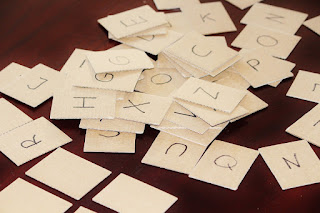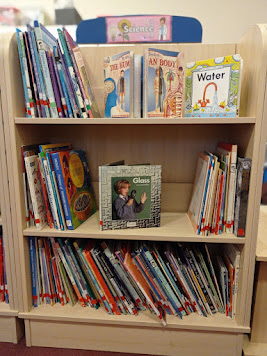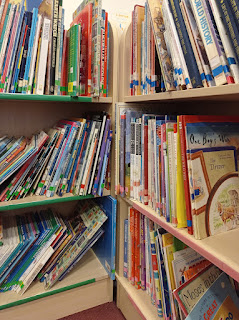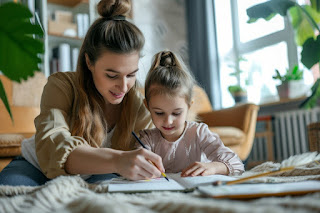5 Fun Games That Help Kids Learn to Read - Teach Your Child to Read

Learning to read can be an exciting journey for children, especially when it involves fun and engaging activities. By incorporating games into your child's reading routine, you can help them build essential literacy skills while having a blast. In this blog post, we'll explore five games that are not only enjoyable but also educational, designed to promote reading comprehension, vocabulary, and phonics. Word Bingo : Bingo is a classic game that can be easily adapted to help kids learn to read. Create bingo cards with sight words or vocabulary words your child is learning. As you call out the words, your child can mark them on their card. The first to get a bingo wins a small prize or gets to pick the next game. Sight Word / Tricky Word Memory : This game is a variation of the classic memory game. Create pairs of cards, with each pair containing a sight word your child is learning. Mix up the cards, then lay them out face down. Your child will take turns flipping over two car...









